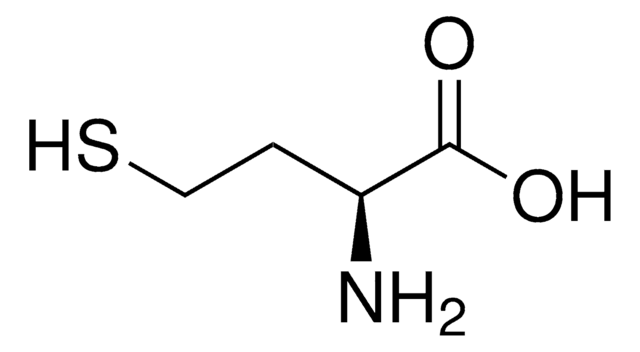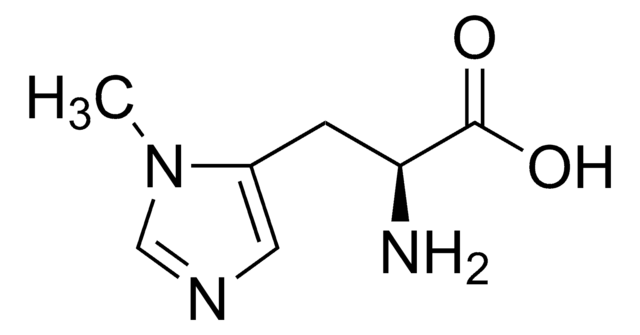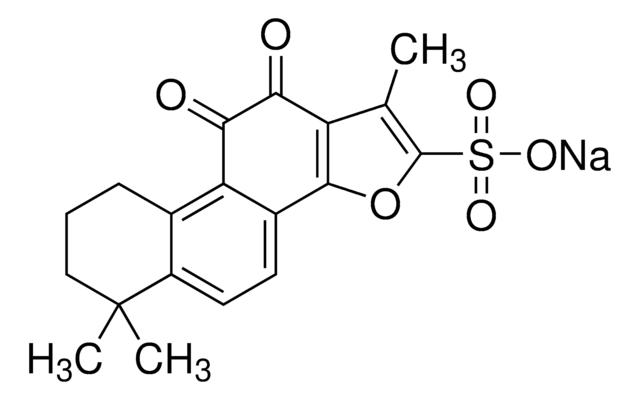H4002
DL-3-Hydroxynorvaline
≥98% (TLC)
Synonym(s):
HNV, α-Amino-β-hydroxyvaleric acid, 2-Amino-3-hydroxypentanoic acid, 3-Hydroxy-2-aminopentanoic acid, DL-β-Hydroxynorvaline
About This Item
Recommended Products
Product Name
DL-3-Hydroxynorvaline, ≥98% (TLC)
assay
≥98% (TLC)
form
powder
color
white
application(s)
cell analysis
storage temp.
−20°C
SMILES string
CCC(O)C(N)C(O)=O
InChI
1S/C5H11NO3/c1-2-3(7)4(6)5(8)9/h3-4,7H,2,6H2,1H3,(H,8,9)
InChI key
LGVJIYCMHMKTPB-UHFFFAOYSA-N
Looking for similar products? Visit Product Comparison Guide
Biochem/physiol Actions
signalword
Danger
hcodes
Hazard Classifications
Eye Dam. 1 - Skin Irrit. 2 - STOT SE 3
target_organs
Respiratory system
Storage Class
11 - Combustible Solids
wgk_germany
WGK 3
flash_point_f
Not applicable
flash_point_c
Not applicable
ppe
dust mask type N95 (US), Eyeshields, Gloves
Choose from one of the most recent versions:
Certificates of Analysis (COA)
Don't see the Right Version?
If you require a particular version, you can look up a specific certificate by the Lot or Batch number.
Already Own This Product?
Find documentation for the products that you have recently purchased in the Document Library.
Our team of scientists has experience in all areas of research including Life Science, Material Science, Chemical Synthesis, Chromatography, Analytical and many others.
Contact Technical Service










